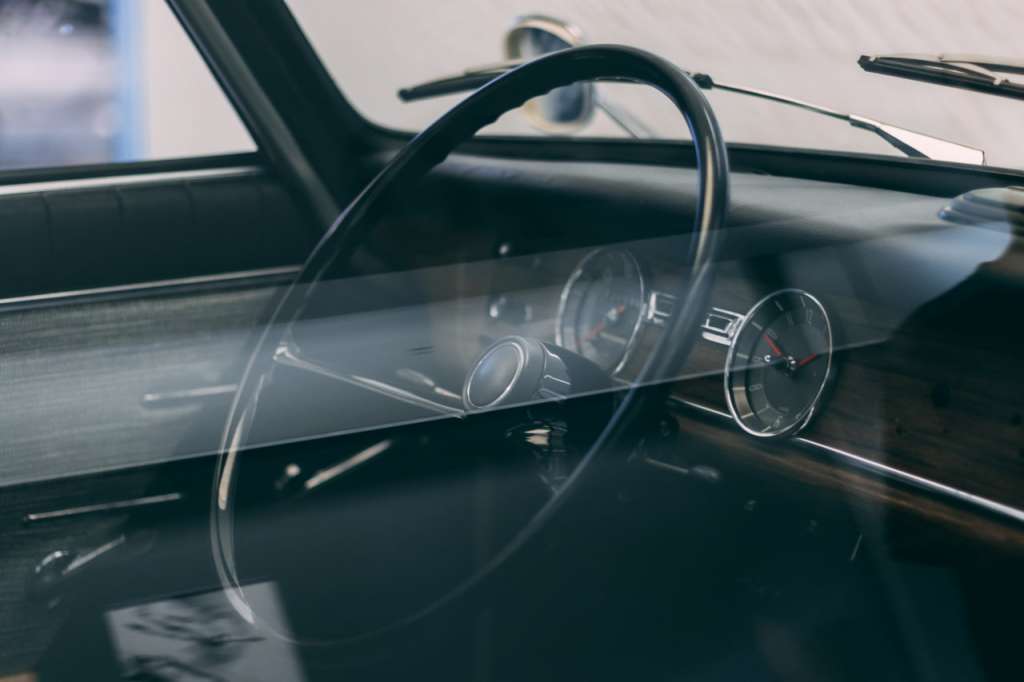When purchasing a car in the secondary market, it's important not to overpay for it more than it's actually worth. Buying a used vehicle at a better price isn't difficult; you just need to know how to negotiate the price when buying a car. Simple yet effective tips, tried and tested, will assist in this endeavor.
Primary Methods to Lower the Price on a Used Car
In the secondary market, there are many good cars whose owners have taken care of them during use and are genuinely interested in selling to another responsible driver at a fair price. However, unfortunately, there are many scammer-resellers or careless car owners ready to offload blatant junk cars, using "rejuvenating" methods to give the car a "roadworthy" appearance.
To avoid falling for the tricks of car scammers, you need to know ways to lower the price on a car. There are many, but here are the most tried-and-true and simple negotiation methods.
Discount for Minor Defects
Dirt and dust in the cabin, minor scratches on the seat upholstery, slightly worn glass, defects in the body paint – all these little things, as a rule, the car owner knows by heart and understands when the buyer, who is "for themselves," a car enthusiast, doesn't want to overpay for them.
NOTE! The more "flaws" you find, the higher the discount will be. Usually, it's possible to get a discount for minor imperfections of no more than 10% of the initial car's cost.
Dropping Part of the Included Cost for a Potential Discount
Many car owners, understanding buyers' desire to negotiate and buy a good vehicle cheaper, preemptively consider part of the sum as a discount. This is a small amount of cash that they are willing to concede without bargaining, simply to be "nice people."
EXAMPLE! A 2016 Kia Rio with a mileage of 115,000 km typically costs around 300,000 UAH. Considering that buyers will immediately ask for a discount, the seller can preemptively set the price at 310,000 UAH.
The "tail" in the range of 1-10,000 UAH is usually the bargaining sum one can count on a priori when studying the initial cost of the vehicle.
Where to start bargaining?
Confirmation that the owner will be willing to bargain will be the indication in the ad of the coveted phrase "negotiable." Seeing it, you can confidently ask not only for the discount already included in the price of the car but also for a larger one, for example, up to 10% off the initial cost. This is considered the maximum limit for those owners whose used cars are genuinely in good condition and who either were not initially willing to concede at all or wanted to negotiate but within reasonable limits.
Algorithm on How to Lower the Price When Buying a Used Car:
- Find vehicles whose owners are potentially open to negotiation. Among them, there are unlikely to be owners who have already set too low a price. These owners either want to sell the car as quickly as possible to buy a new vehicle or are selling a car with an obvious defect that they may not mention.
- Arrange a personal meeting with the seller. Some may try to negotiate a discount over the phone. In most cases, these are resellers who do not want to waste a minute hoping to soon acquire a model worthy of resale. For a regular buyer interested in purchasing a good car at a discount from the owner, it's better to arrange a personal inspection and demand a discount during the face-to-face meeting.
- Bring all necessary tools for the "assessment" of the car's condition.
- Communicate politely and amiably with the seller, while not forgetting that the main goal of the dialogue is to negotiate a discount for the car you truly want to buy after the initial cursory inspection.
- Utilize the most suitable approach, or even several approaches, to negotiate a discount.
NOTE! You can immediately ask for a reduction of 5-10 thousand - such an amount is not too much even for those who have already set the lowest possible price for the car. Wanting to sell the car right here and right now, some owners prefer not to negotiate further, yielding to a guaranteed buyer.
Important Details During Negotiation
By taking along important tools during inspection, you can negotiate a lower price when buying a used car in just a couple of minutes. These include a flashlight and a paint thickness gauge. With the flashlight, you can more thoroughly inspect everything under the hood, as well as examine minor flaws in the car's interior.
The paint thickness gauge is a simple-to-use device used to check the paint layer. In case of differences in paint thickness in different parts of the body, it can be stated that the car has been in an accident, demanding a bigger discount.
NOTE! More experienced car buyers, as well as mechanics, also bring along a compression gauge and a diagnostic scanner for car inspections. They allow for a quick and fairly accurate check of the vehicle for defects, to know for sure whether it's reasonable to ask for a discount and what its maximum amount should be for the current condition of the vehicle.
Top Unconventional Tips for Saving Money Before Buying a Used Car
When all standard methods of car inspection have been exhausted, you can resort to alternative options. These involve special checks known to a small circle of car enthusiasts but are quite useful before purchasing used cars.
Learn the Car's History
The history of a car, which can be checked via its VIN code on specialized services, can reveal many interesting details about it that the current owner, for understandable reasons, preferred to keep quiet about. Minor accidents, coming out of pawn, and even use as a taxi, customs clearance issues – owners typically reluctantly disclose this information and only in extremely rare cases. They understand that an excessively honest history of car usage, including all its ins and outs, can scare away a financially capable buyer. In such cases, you'll have to settle for the services of resellers who will pay at least 20% less.
NOTE! Knowing the not-so-clean history of car usage, you can confidently negotiate when buying a used car. The more flaws in the information capable of affecting the condition and appearance of the vehicle, the higher discount you can request. At least 10% considering that the owner preferred to remain silent about the unpleasant details of the car's usage.
It's worth remembering that in some cases, the history of a car can be deleted. Experienced car enthusiasts take advantage of this when they want to sell their vehicle for a better price.
Read also:
Check if the vehicle is under pledge
It's enough to contact the State Traffic Inspectorate services or visit paid websites offering similar services. If the car is under pledge, it's better to immediately refrain from buying it. This deal will not end well because in case the pledgor fails to fulfill their obligations, the new buyer will have to say goodbye to their car.
Demand diagnostics
Not all buyers know how to quickly and effectively check a car for serious defects and damages. Sometimes, hidden flaws can only be detected by taking the vehicle for diagnostics.
If the owner refuses to do so, even when all expenses are covered by the potential buyer, it's worth considering why the owner doesn't want to examine the condition of their car for free.
Usually, only those sellers refuse a more detailed inspection who imply that there is something wrong with their car or who understand that diagnostics is a legitimate way for the buyer to demand a larger discount later on, as specialists often find more defects during such inspections than can be detected during a normal examination of the vehicle.












